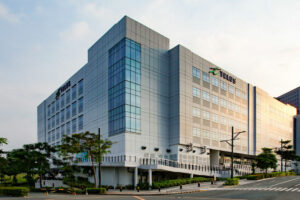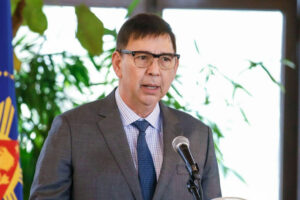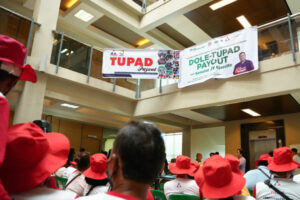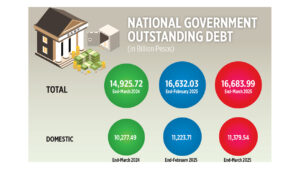Healthy youth for a healthy future

With approximately 30 million Filipinos aged 10 to 24, young people make up 28% of the country’s population — representing the largest generation in Philippine history. According to the United Nations Population Fund (UNFPA), this demographic shift offers the Philippines a potential demographic dividend — an opportunity for accelerated economic growth fueled by a youthful population equipped with better health, education, and employment opportunities.
However, this potential is at risk. Many young people — especially adolescent girls — face health and social challenges that can derail their future. Chief among these is teenage pregnancy, which the Department of Economy, Planning, and Development (formerly the National Economic and Development Authority or NEDA) has declared a “national and social emergency.”
In a nationwide survey conducted by the Commission on Population and Development (Popcom) in 2020, adolescent pregnancy emerged as the most pressing youth issue across all socioeconomic and geographic groups. The numbers are sobering: in 2023, 3,343 girls under the age of 15 gave birth — a steady increase from previous years. Among teenage mothers aged 19 and below, 150,138 live births were recorded, up 10% from 2022. That’s equivalent to 411 babies born to teenage mothers every single day.
The World Health Organization warns that adolescent pregnancy increases the risk of anemia, sexually transmitted infections, unsafe abortions, postpartum complications, and mental health disorders. It also contributes significantly to maternal and infant mortality, especially in low- and middle-income countries like the Philippines. Studies estimate that 55% of unintended pregnancies among girls aged 15-19 end in abortions, many of which are unsafe.
The health risks extend to newborns, too. Babies born to adolescent mothers are more likely to be underweight, premature, or suffer from severe neonatal conditions. Beyond health, the economic and social costs are immense. Teenage pregnancy often disrupts education, limiting future employment opportunities. A local study pegged the potential lifetime earnings lost by young Filipinas due to early childbearing at P33 billion — equivalent to 1.1% of GDP in 2012.
In observance of Safe Motherhood Week which runs from May 6 to 12, it is imperative that we act collectively. To this end, the PHAPCares Foundation — the social responsibility arm of the Pharmaceutical and Healthcare Association of the Philippines (PHAP) — and AstraZeneca Philippines have partnered with local governments in Iloilo, Carles, Mina, and Pototan, as well as the Department of Education (DepEd), to roll out the “Healthy Youth, Healthy Future Program.”
The Department of Health’s Center for Health Development in Western Visayas provides technical assistance and data support. This two-year initiative aims to educate and empower adolescents by tackling issues like teenage pregnancy, HIV/AIDS, mental health, and noncommunicable diseases. Through lectures, health screenings, and wellness services delivered via schools and barangay health stations, the program targets 80% of the adolescent population in its pilot communities.
“Improving adolescent well-being will deliver significant positive impact for the Ilonggo youth, and create a ripple effect to their children in the future,” said Lotis Ramin, President of PHAPCares Foundation. “With this collaboration, we look forward to a healthier world for the youth that goes beyond treatment — a strong and preventive health ecosystem of disease awareness and lifestyle management. With the pilot’s success, we are positive we can replicate YHP across the province, and eventually throughout the Philippines,” she added.
AstraZeneca employees and the PHAPCares Volunteer Corps contribute actively by volunteering in communities, assisting trainers, and supporting communications and advocacy efforts. Dr. Rosarita Siasoco, PHAPCares executive director, notes that beyond raising awareness, the program is building systems of support that young people can count on.
“It is our hope that with this project, we can create a ripple effect of health and well-being that extends beyond individual lives of young people, transforming entire families and communities in the process,” Dr. Siasoco explained.
As this initiative grows, it offers a blueprint for scaling up youth-focused health programs across the country. Investing in the health and potential of young Filipinos today ensures a healthier, more prosperous Philippines tomorrow.
Teodoro B. Padilla is the executive director of Pharmaceutical and Healthcare Association of the Philippines which represents the biopharmaceutical medicines and vaccines industry in the country. Its members are in the forefront of research and development efforts for COVID-19 and other diseases that affect Filipinos.




